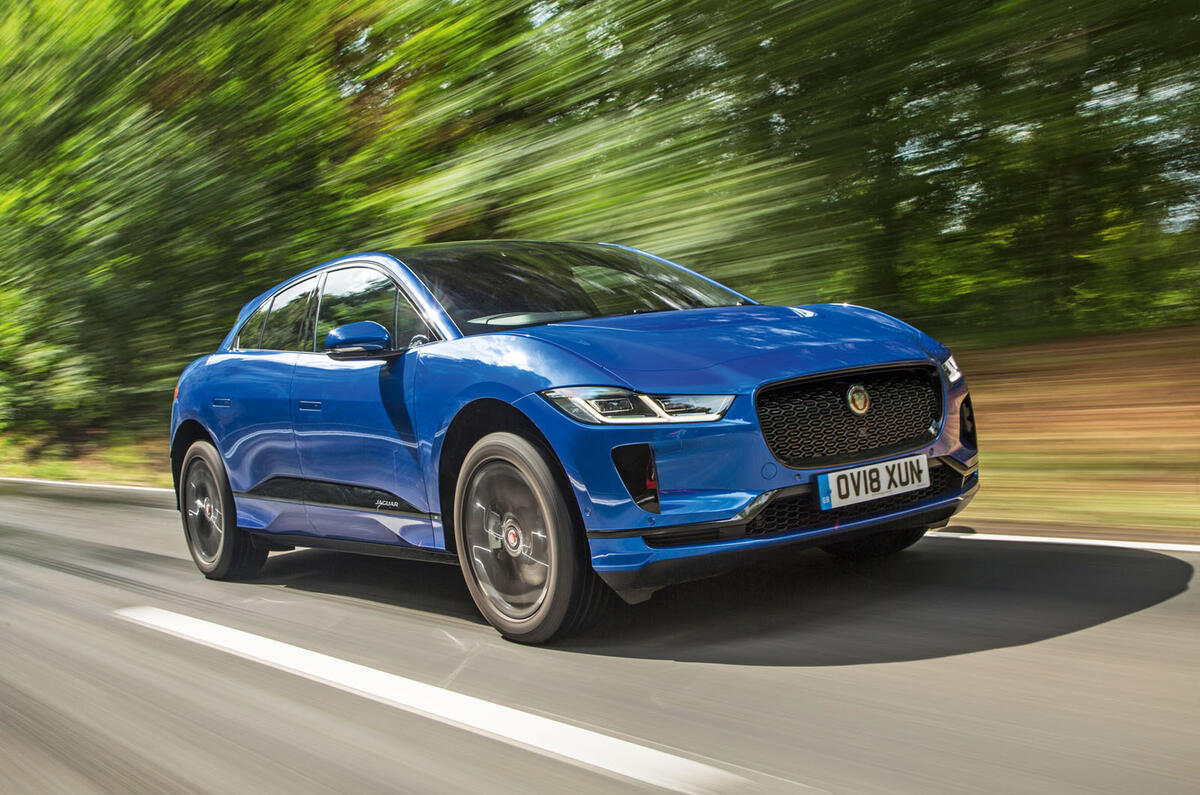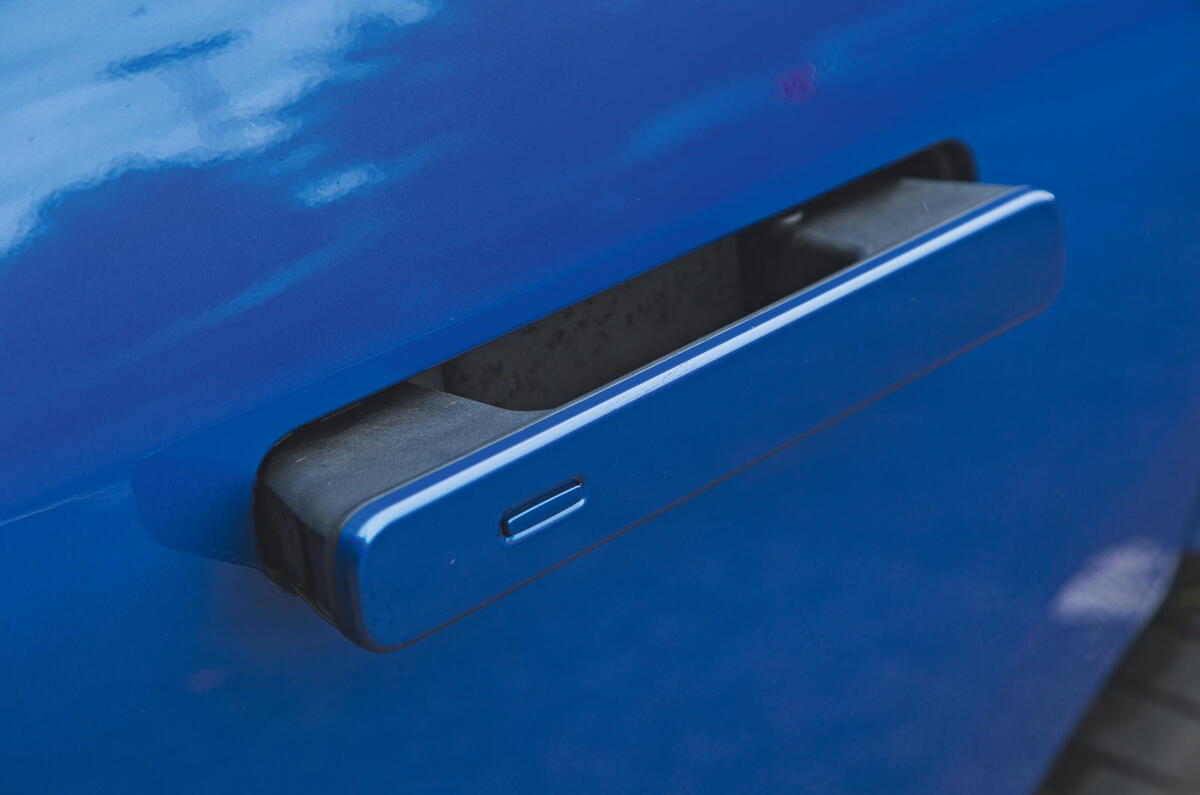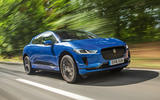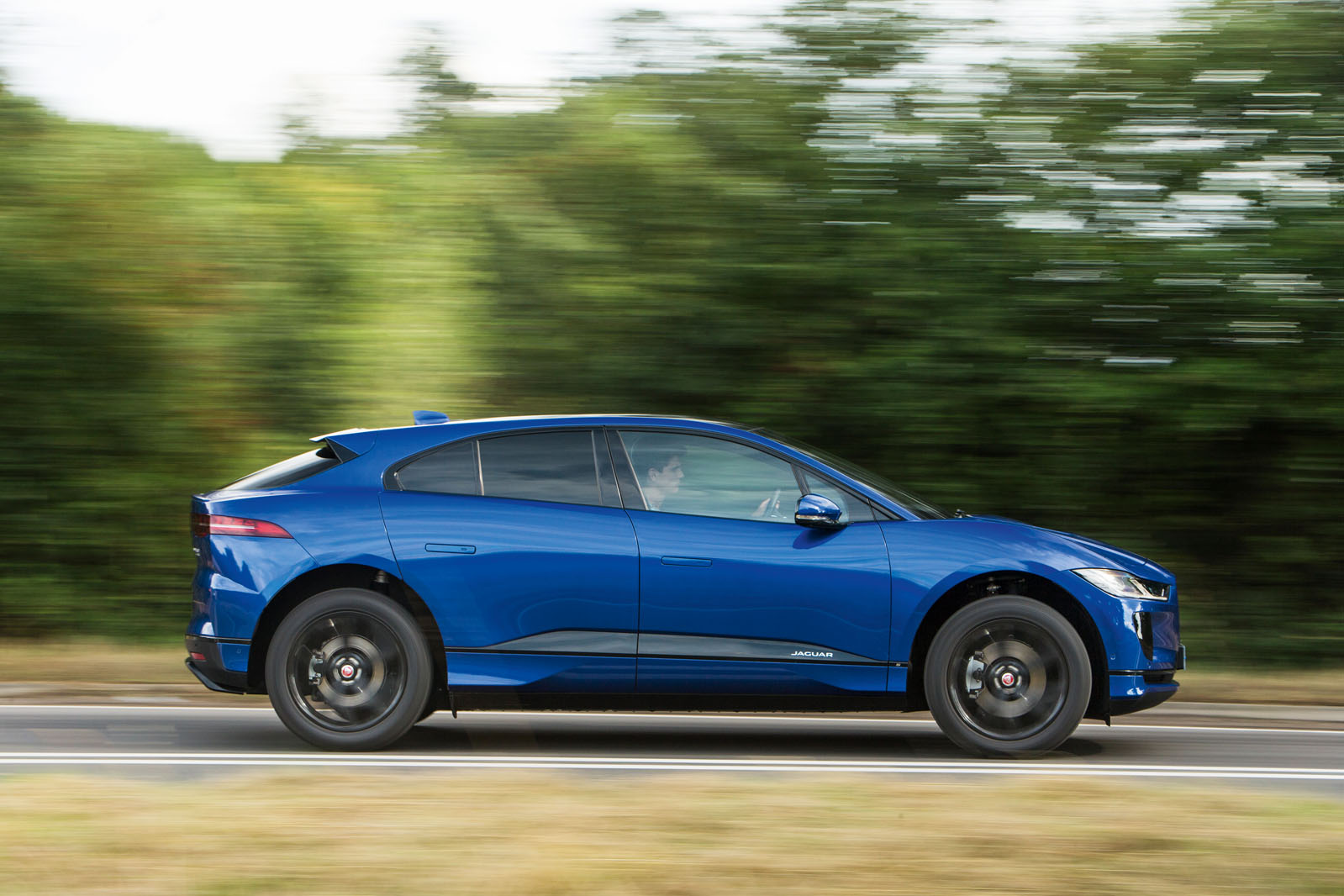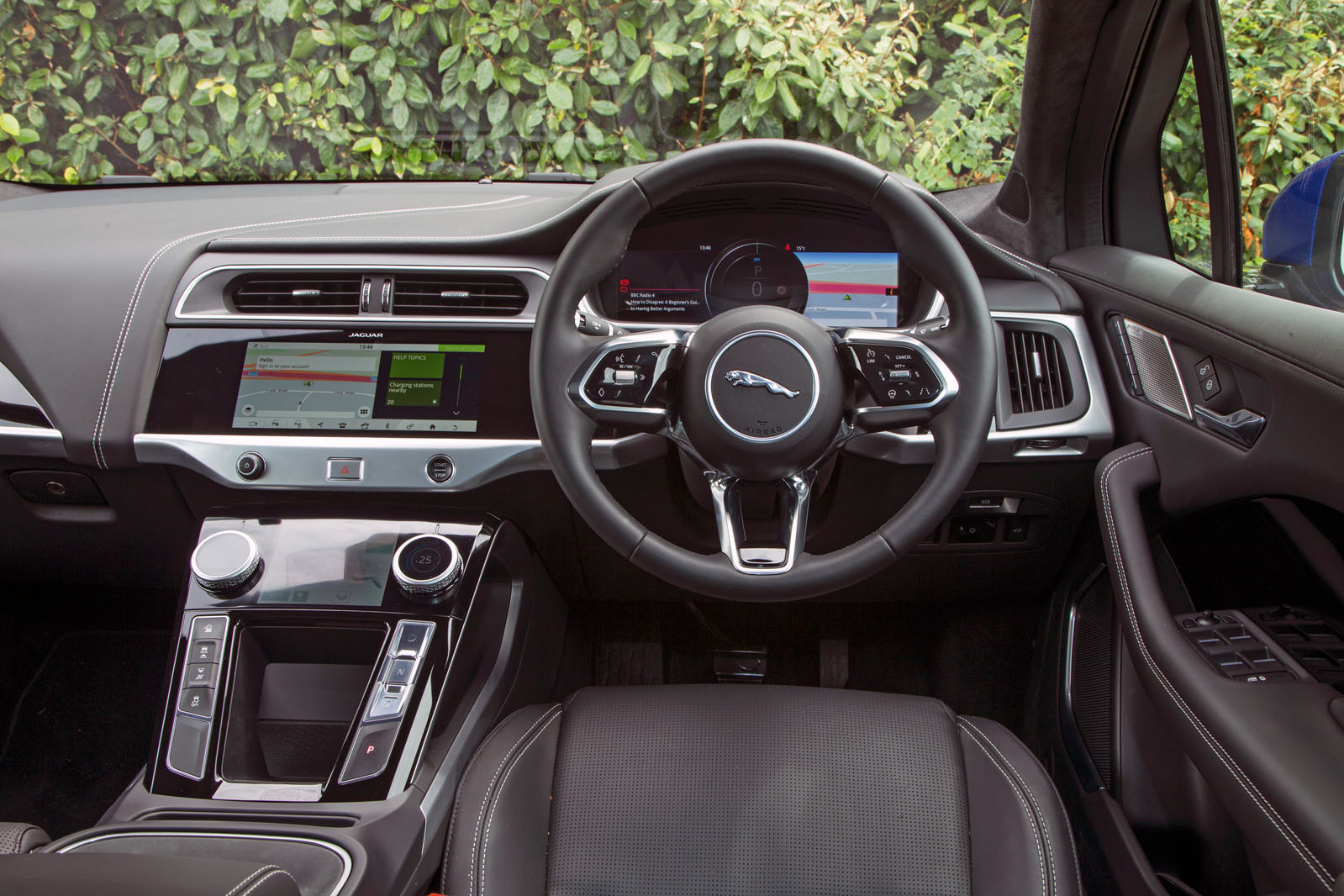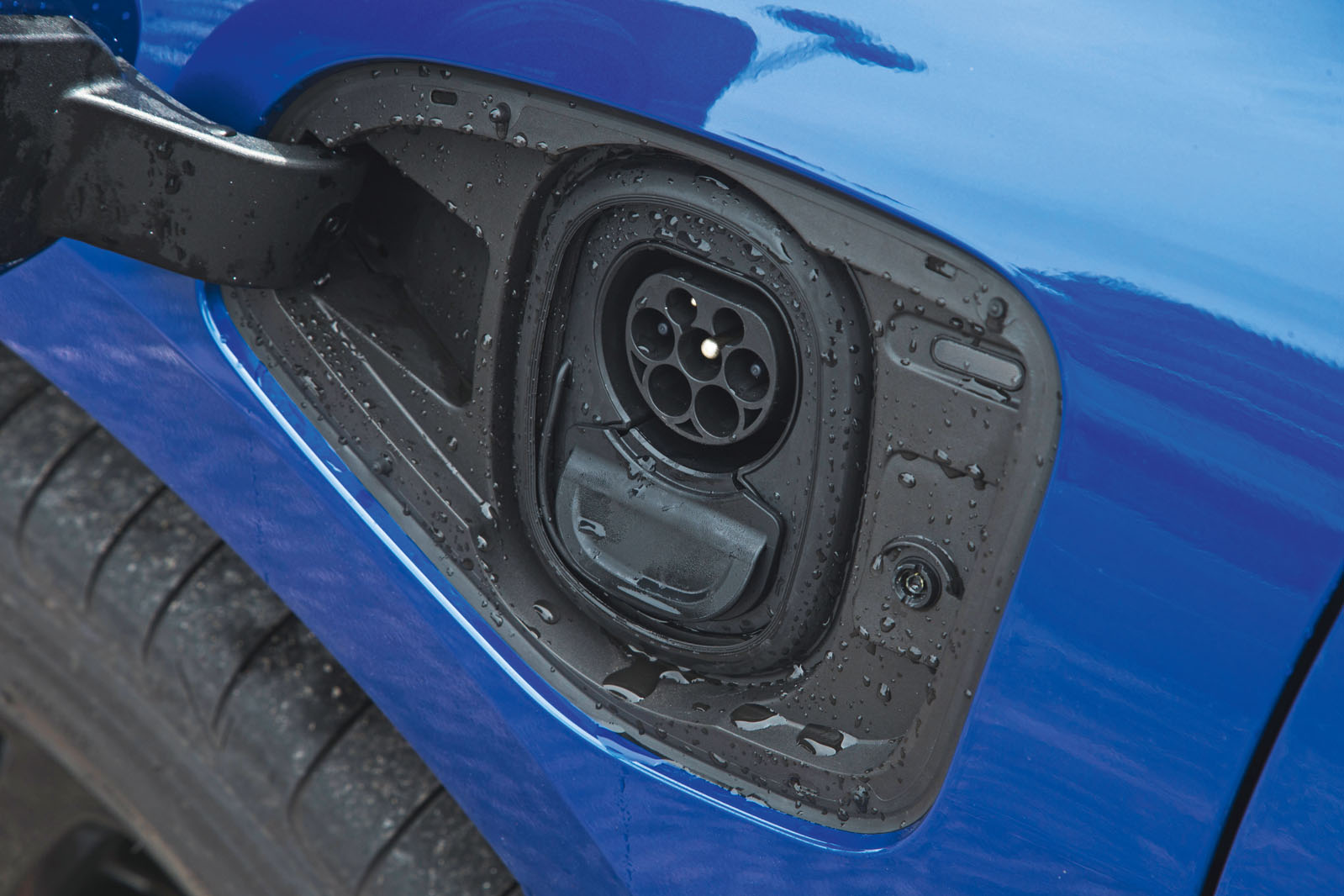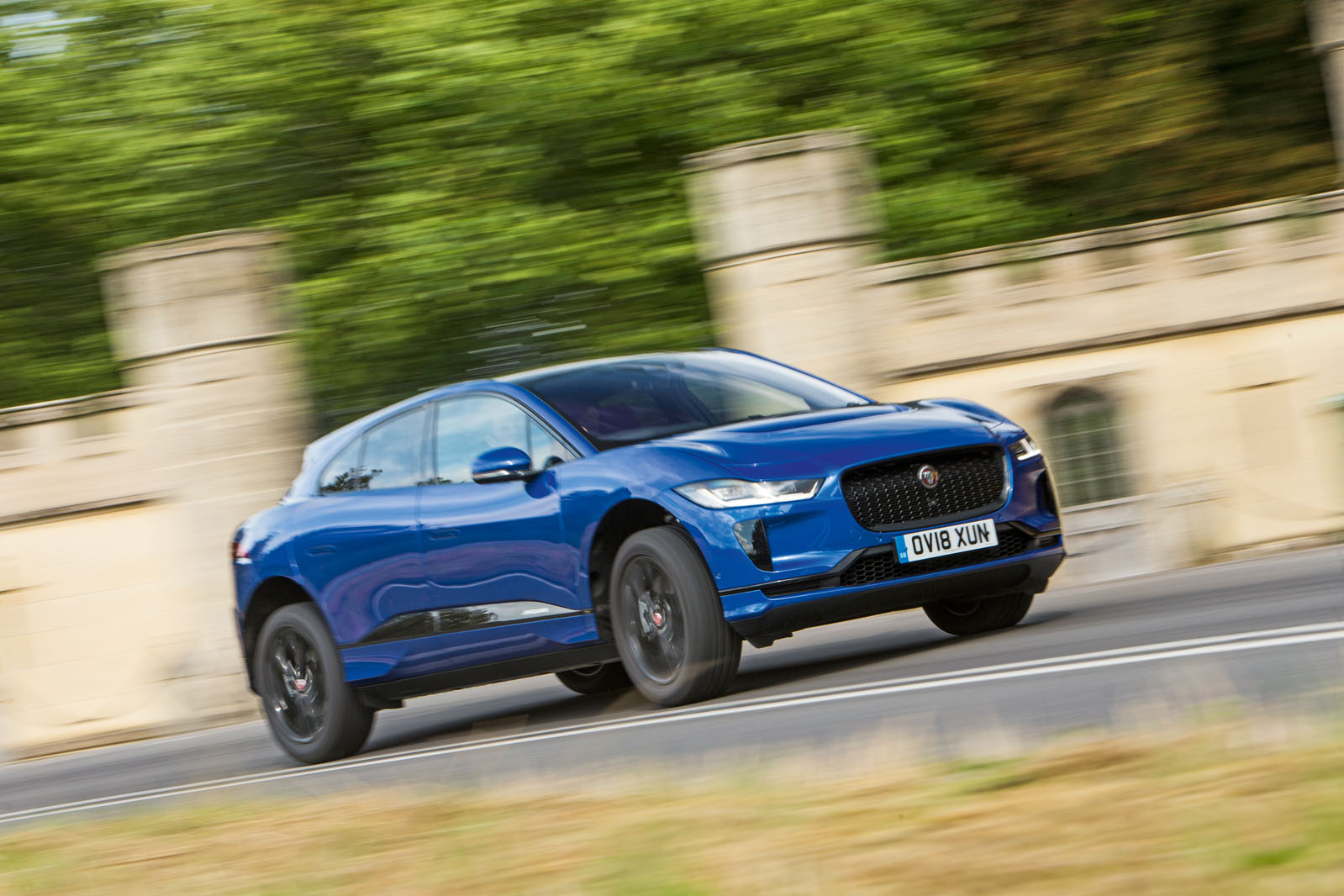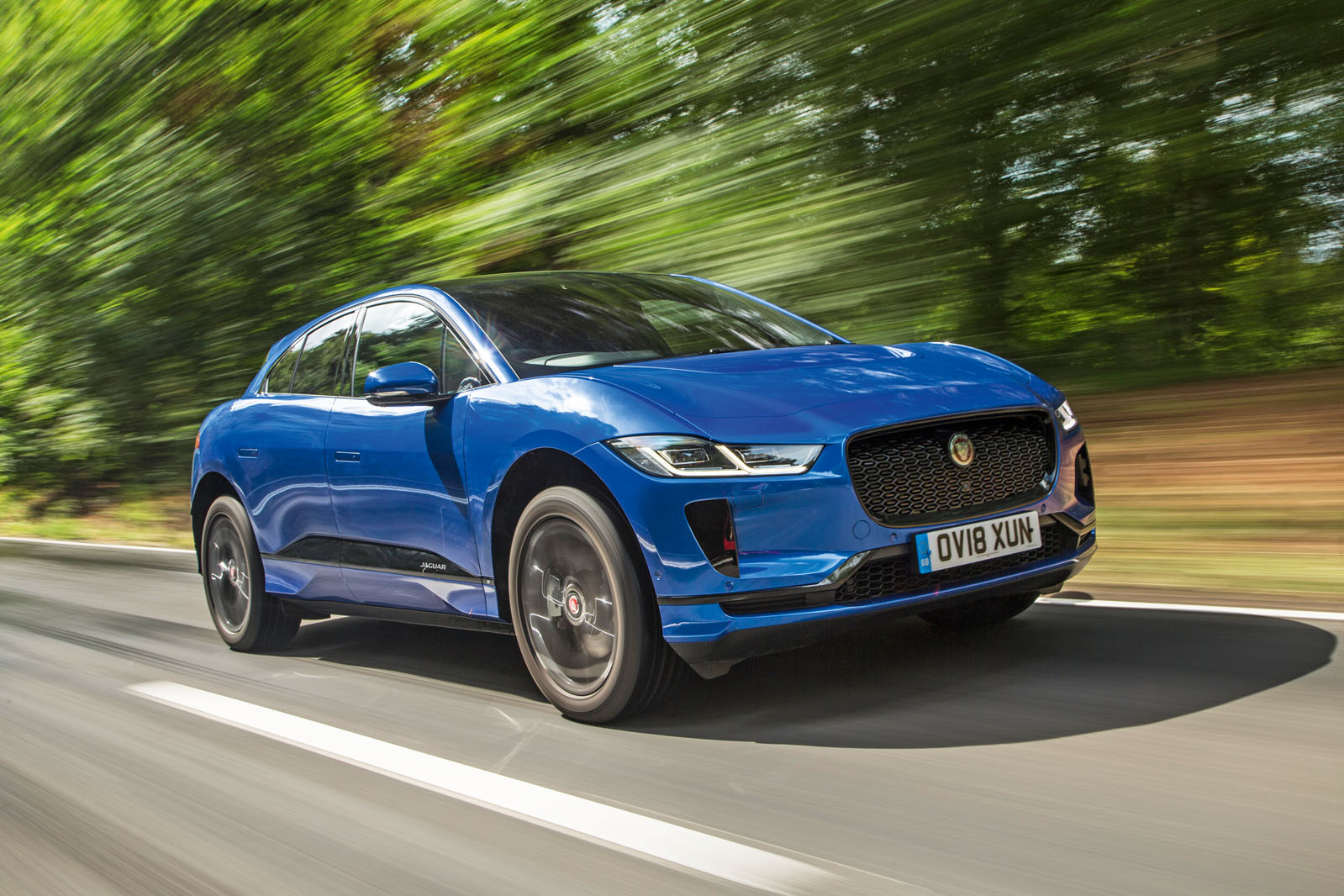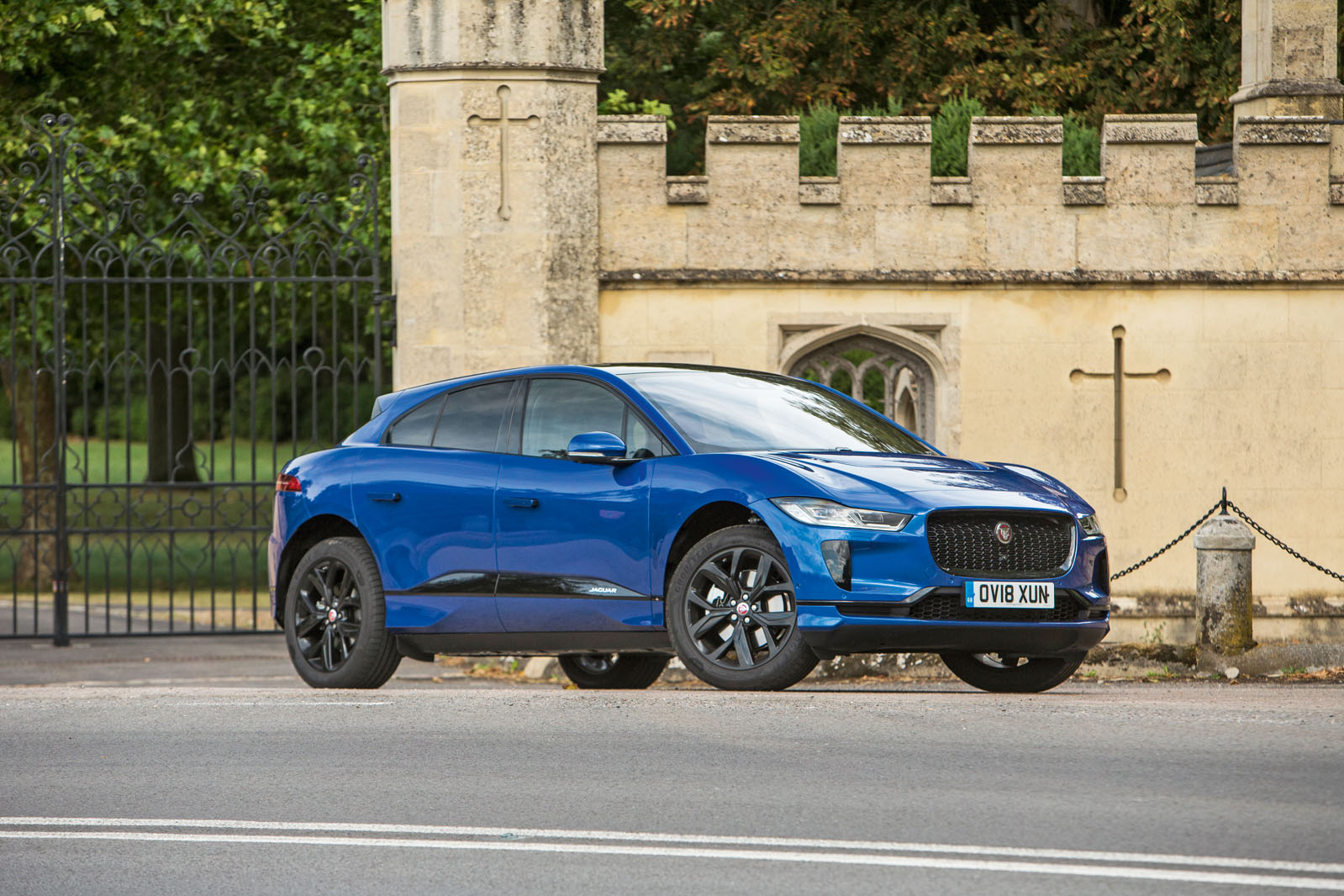Could this week’s road test subject be the most significant new car to leave the halls of a British manufacturer since the McLaren F1?
Don’t bet against it. For one thing, it is remarkable that the Jaguar I-Pace – not just a new Jaguar but a new breed of Jaguar, remember – was conceived in a mere four years.
Regardless of our verdict, this is a courageous project from a marque whose total annual sales amount to a fraction of what big-hitting Audi, BMW and Mercedes-Benz can muster. Despite the greater R&D budgets of its rivals, Jaguar has become the first established luxury car brand to bring its expertise to bear on a zero-emissions product.
The curious paradox is that the I-Pace is simultaneously the most limited and unrestricted Jaguar yet built. On one hand, to fulfil its potential it relies on the scope of a charging infrastructure outside of Jaguar’s direct control, and owners will need to plan activities in a way they simply wouldn’t need to if they owned a petrol-powered car. On the other, this opulently sleek, long-range electric car is claimed to accelerate to 60mph in less than five seconds but is uncommonly spacious within owing to its cleverly packaged powertrain.
It can also perform software updates ‘over the air’; can wade to a depth that’s typically the preserve of purpose-built off-roaders; is clever enough to save battery charge by only activating air vents for the seats in which passengers are actually sitting; and should, claims Jaguar, set new benchmarks on crossover SUV handling with perfect weight distribution, a low centre of gravity and a focus on feel. Early drives have suggested its four-wheel-drive powertrain also has huge potential off the beaten track, though that is to be followed up on another occasion.

